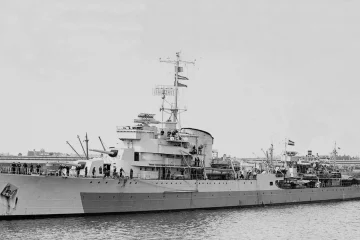Research by Domínguez-Delmás Daly and Flinders Associate Professor Wendy van Duivenvoorde, is carried out on Batavia’s wreck timbers, currently on display at the Western Australian Shipwrecks Museum in Fremantle.
Built in Amsterdam in 1628 CE and wrecked on its maiden voyage in June 1629 CE in Western Australian waters, Batavia epitomises Dutch East India Company (Verenigde Oostindische Compagnie, or VOC) shipbuilding.
In the 17th century, the VOC grew to become the first multinational trading enterprise. Oak (Quercus sp.) was the preferred material for shipbuilding in northern and western Europe, and maritime nations struggled to ensure sufficient supplies to meet their needs and sustain their ever-growing mercantile fleets and networks.
Their research illustrates that the VOC successfully coped with timber shortages in the early 17th century through diversification of timber sources (mainly Baltic region, Lübeck hinterland in northern Germany, and Lower Saxony in northwest Germany), allocation of sourcing regions to specific timber products (hull planks from the Baltic and Lübeck, framing elements from Lower Saxony), and skillful woodworking craftmanship (sapwood was removed from all timber elements). These strategies, combined with an innovative hull design and the use of wind-powered sawmills, allowed the Dutch to produce unprecedented numbers of ocean-going ships for long-distance voyaging and interregional trade in Asia, proving key to their success in 17th-century world trade.
https://journals.plos.org/plosone/article?id=10.1371/journal.pone.0259391


